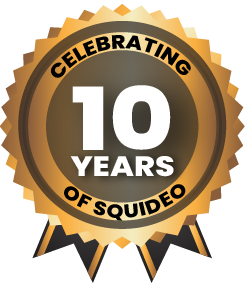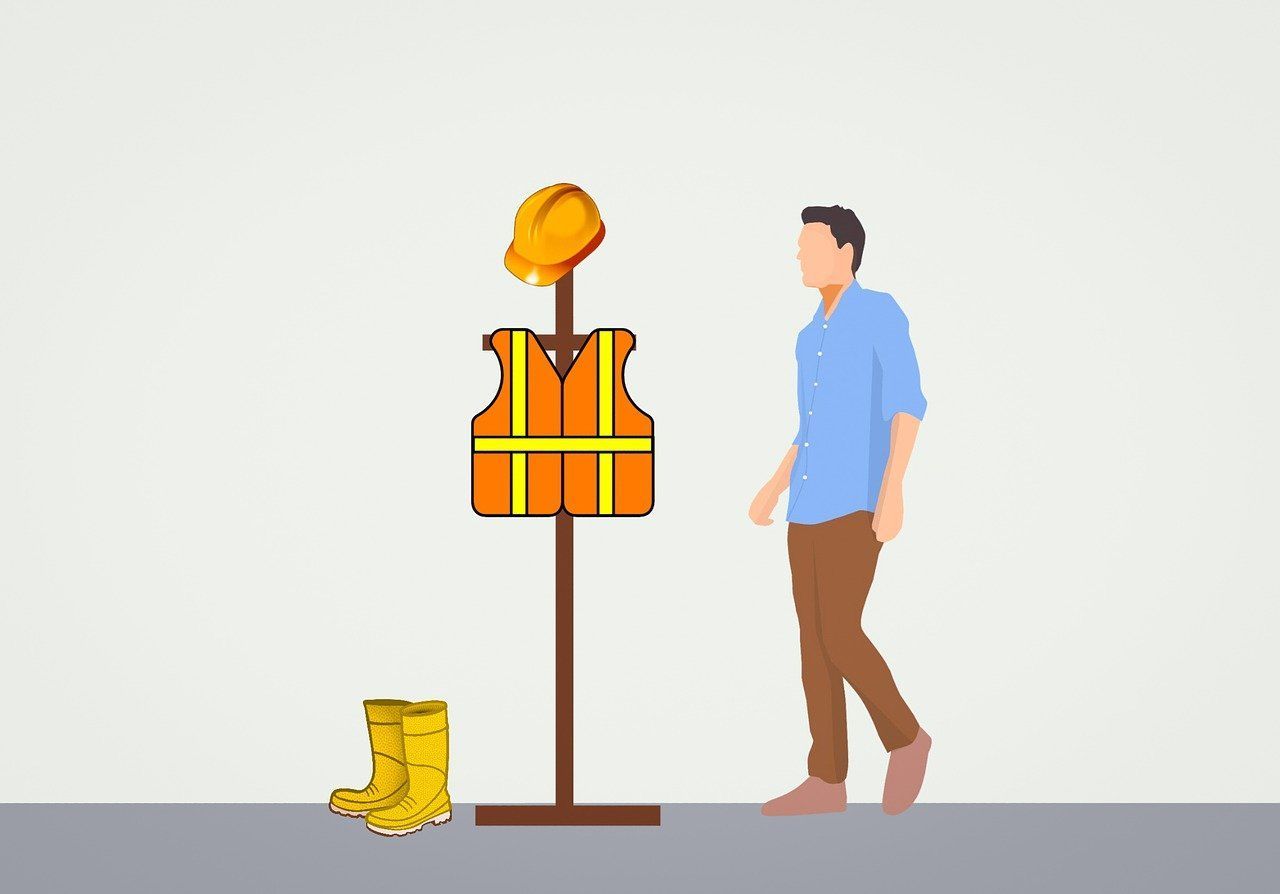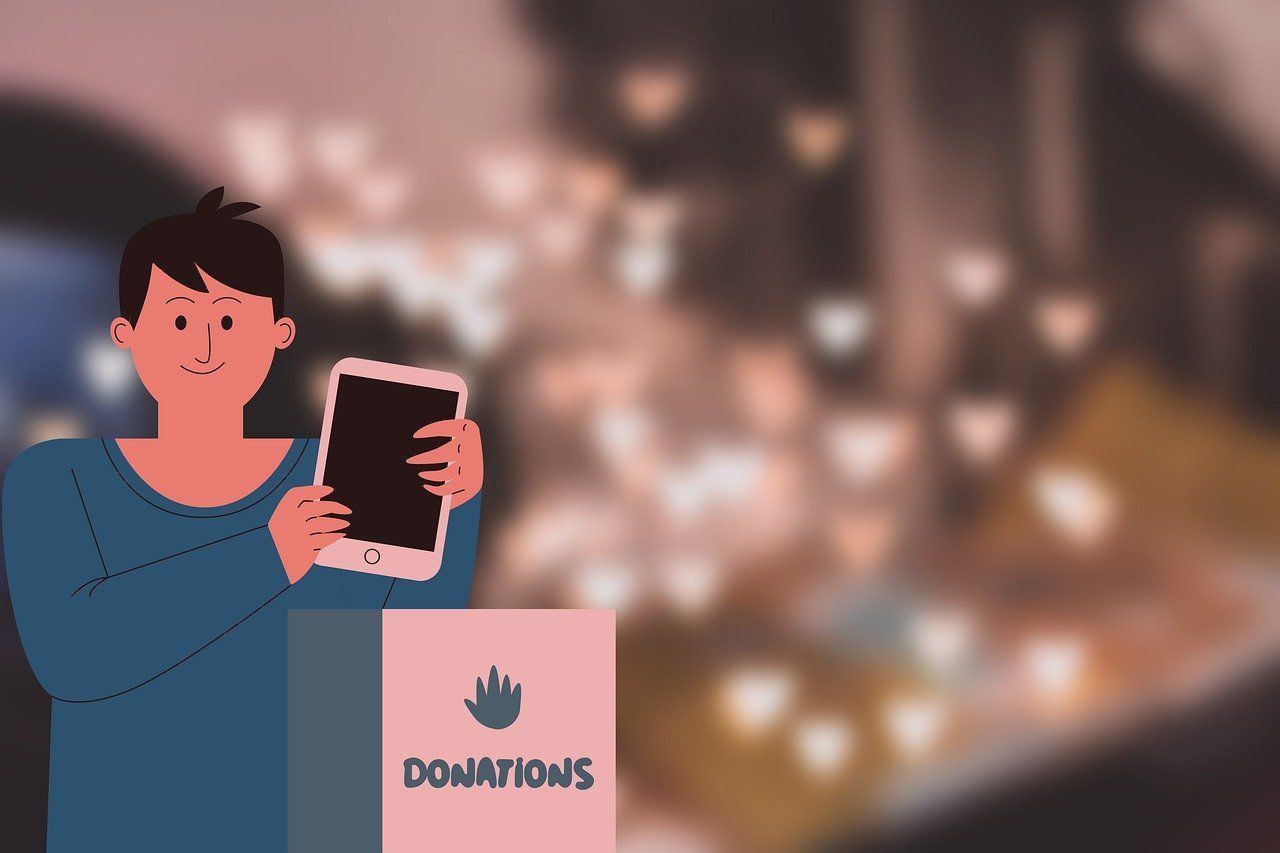Squideo’s Favourites: Belleville Rendez-Vous
Written and directed by Sylvain Chomet, a French comic book writer, animator and director, Les Triplettes de Bellville (translation: The Triplets of Bellville) was released in 2003 to tremendous acclaim. Nominated for two Academy Awards, this film was renamed Belleville Rendez-Vous for the UK and Irish market.
Featuring exquisite hand-drawn and 2D digital animation, the film bucked the trend of 3D computer animation which still dominates the genre. For context, Finding Nemo (Pixar Animation Studio) and Brother Bear (Walt Disney Studios) were the other Oscar nominees for Best Animated Film beside Belleville Rendez-Vous. Despite losing out to the wildly popular Finding Nemo, Belleville Rendez-Vous has became a cult-favourite and was picked for this series by Squideo’s Director Ben Underwood.
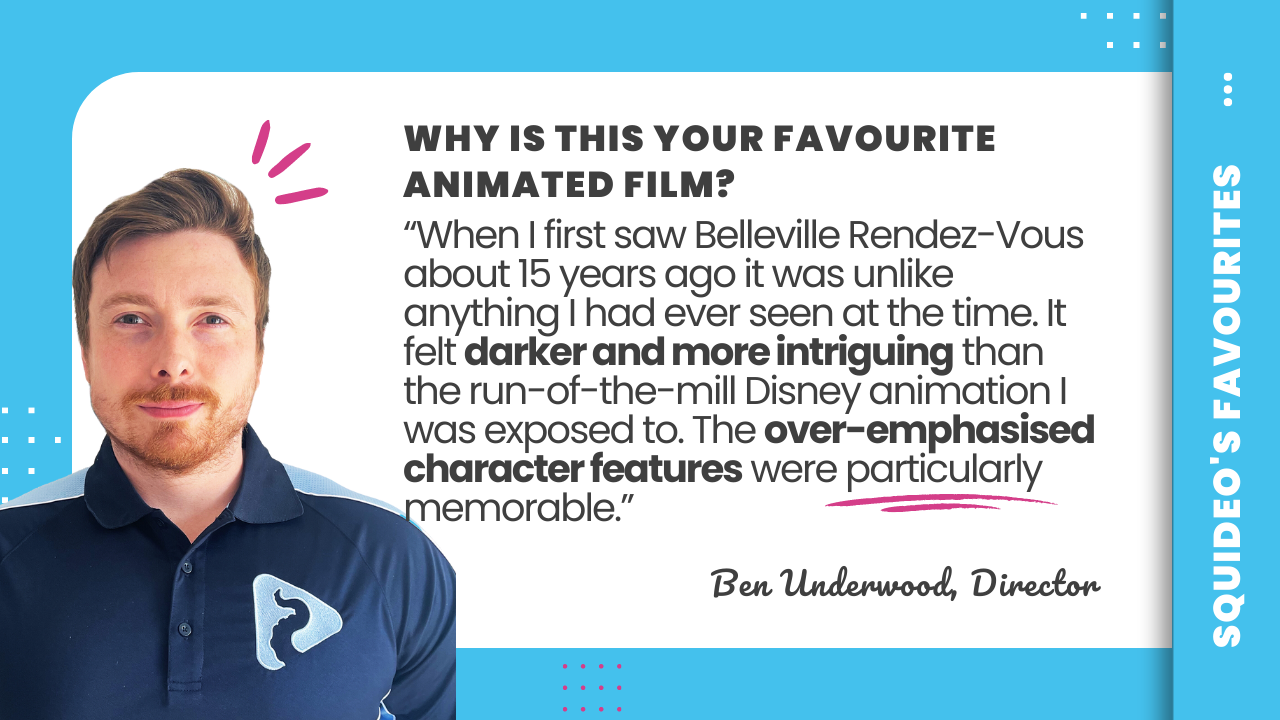
We’re diving into the production behind this animated film, exploring the style and techniques which came together to create this compelling story. In the meantime, if you have an idea for an animated video of your own get in touch with the Squideo team.
Creating a Story
The first feature film for this Parisian animator, Sylvain Chomet had already created a critically praised animated short called The Old Lady and the Pigeons in 1997. It won a BAFTA and was nominated for an Academy Award, which created the opportunity for Chomet to create a full-length feature film. Production on Belleville Rendez-Vous lasted five years from conception to completion, with a team of sixty animators working full-time.
The same production company was behind both of Chomet’s projects: Les Armateurs. Like Chomet, Les Armateurs championed an anti-Hollywood art style. This modern film production company, founded in 1994, rejected the growing hyperrealism of 3D computer animation used in films like Beauty and the Beast (Walt Disney Studios: 1992), Toy Story (Pixar Animation Studios: 1995) and Shrek (DreamWorks Animation: 2001).
Belleville Rendez-Vous combined hand-drawn animation with 2D computer animation to produce a style influenced by older animated films – from the pioneering work of Winsor McCay to early Disney work like Snow White and the Seven Dwarves (1937) and One Hundred and One Dalmatians (1961). According to Chomet, [computer animation] “was mainly to get rid of all the boring stuff. We used CGI for the cars, the bicycles, the boats and the trains, and it meant the animators had more time for enjoyable elements like the character acting.” Chomet also cited Nick Parks work Creature Comforts as a source of inspiration.
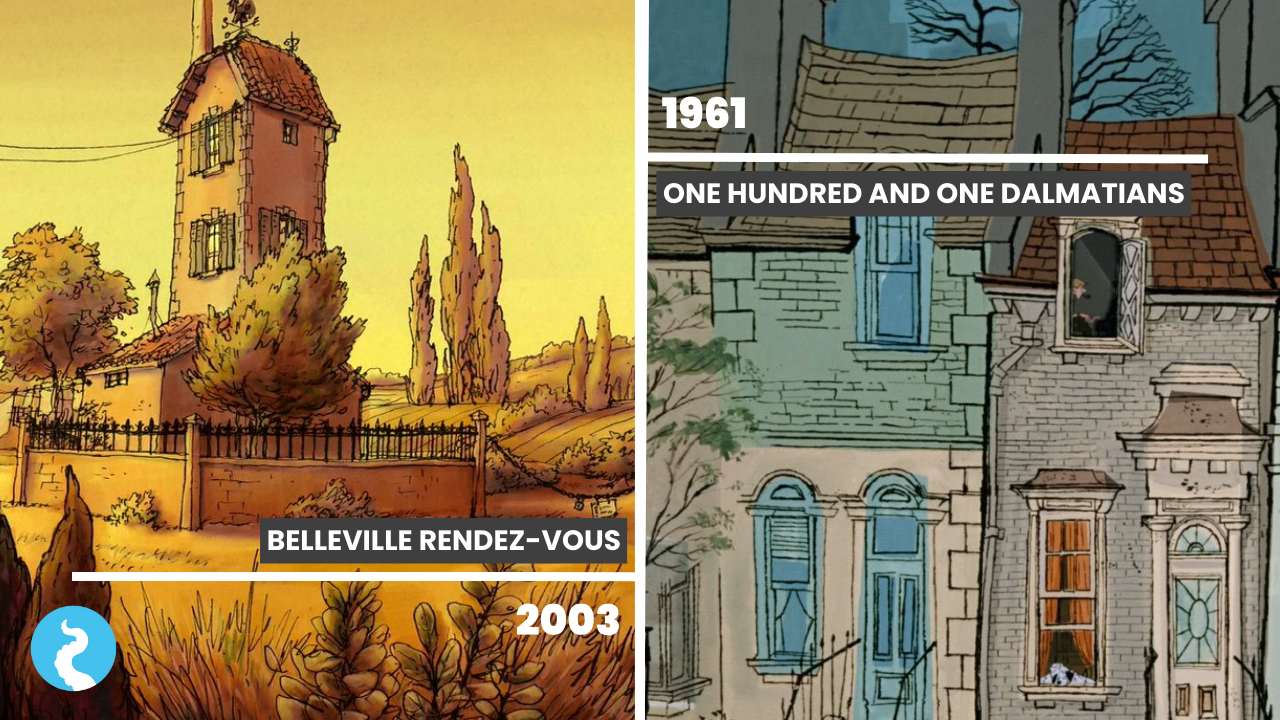
Before becoming a director, Chomet had worked as a comic book creator and animator: which included a stint at the famous Walt Disney Studios. While he had great respect for the early works produced under Walt Disney, when he worked at the studios in the 1980s Chomet said:
“I learned an awful lot from them – how not to do it. The artists have no say any more. The suits decide everything now, and there are so many of them. It is like the dinosaurs, it has got too big and the brain is too small. With us, every cent we spend goes on the screen.”
Sylvain Chomet, The Guardian
The story of Belleville Rendez-Vous was greatly inspired by the acting work of the French mime and actor Jacques Tati and features parodies of actors and singers including Fred Astaire and Josephine Baker, and fictional characters like Betty Boop. Tati’s influence over Chomet, who would eventually animate an unfinished project of Tati’s called The Illusionist in 2010, is the reason for Belleville Rendez-Vous’ limited dialogue.
The film tells the story of Madame Souza, who needs to rescue her grandson Champion – a Tour de France cyclist – who has been abducted by the French mafia. Champion is taken to Belleville, which represents large cities like Paris, New York City and Montreal, where he is forced to cycle for gambling purposes. Madame Souza tracks him down with Champion’s loyal dog Bruno and is joined by the Triplets of Belleville, music hall singers from the 1930s.
Animation Style
Belleville Rendez-Vous was Sylvain Chomet’s first animated film which incorporates CGI into the production process, yet it retains a hand-drawn animation style. The film uses traditional production techniques, which harkens back to common animation styles of the pre-1960s with rotoscoping and a xerographic process. The colour palette is watered down, with bright colours used in small doses, and features segments in black and white.
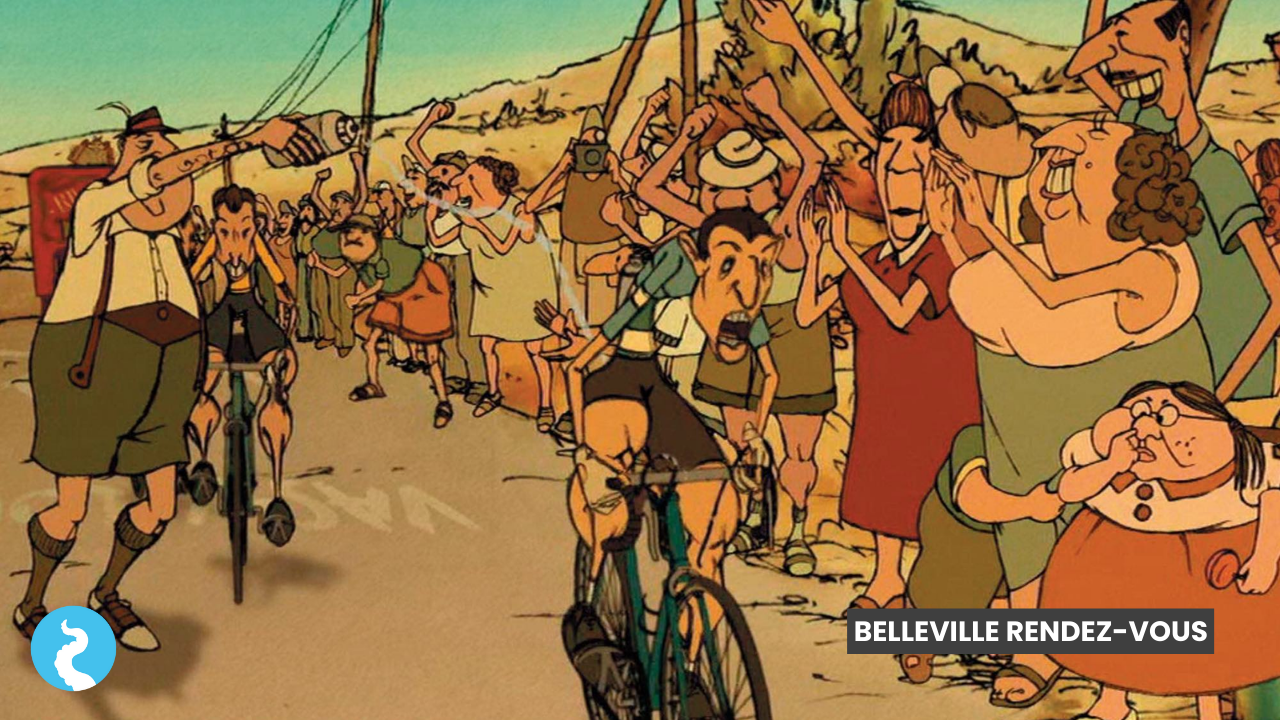
The characters are designed in an overly caricaturist fashion, from the overdeveloped leg muscles of cyclist Champion to the exaggerated obese residents of Belleville; putting more distance between Belleville Rendez-Vous and the hyperrealism 3D animations of Hollywood film production companies like Pixar Animation Studios and DreamWorks Animation.
“What makes a master animator? I think it is where an eye for tiny details meets a mind wide open to the surreal. The hand-drawn animation of Belleville Rendez-Vous isn’t only a homage to the France of the 1950s, but also the films and music-hall culture of the 1920s: Django Reinhardt pops up, smoking a cigarette while playing the guitar with a seemingly elastic foot, and a dapper Fred Astaire dances until his tap shoes sprout teeth and drag him off stage. There is almost no dialogue: the film doesn’t need it.” JENNY MCCARTNEY, THE SPECTATOR
Jenny McCartney, The Spectator
Like animated features in the early days of sound films, image is considered king over dialogue in Belleville Rendez-Vous. Character’s expressions impart emotion rather than long-winded speech, time passes to show the encroachment of modern city life on the family’s country home, and music is there to tug on the heartstrings.
Yet, despite the acclaim the film garnered, Chomet doesn’t think the animation style used in the film will see a resurgence in Hollywood: “there are not enough permanent studios, there are too many structures created just for the one production. That was what happened with Belleville Rendez-Vous: the Belgian and Canadian studios that worked on it have since closed down; the people involved have gone their different ways.” With a history in animation before turning his hand to directing, Chomet adds that many animators cannot find work or are under-employed because of the scarcity of projects.
Chomet’s career continues, however, with another animated feature film in development. He even created a couch gag for the long-running sitcom The Simpsons in 2014.
Get Started With Your Video
Inspired to create a unique animated video of your own? Watch the video below to get a better understanding of how Squideo can help promote your business, then get in touch with us to find out more!



